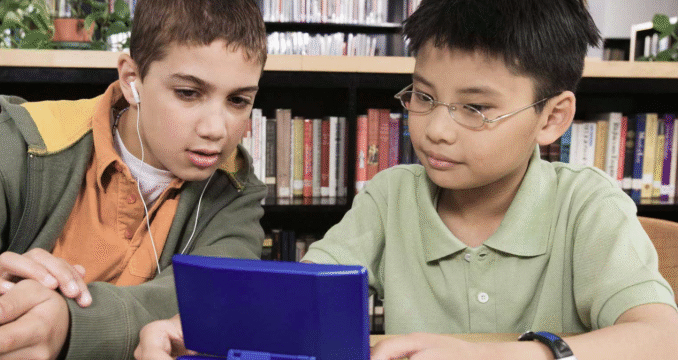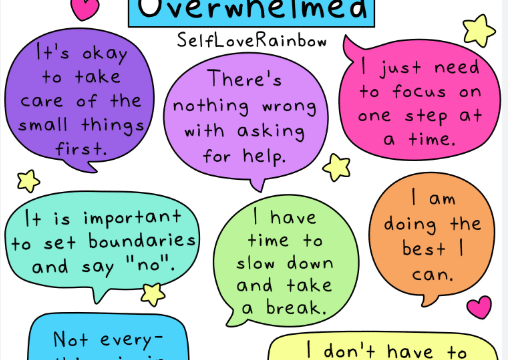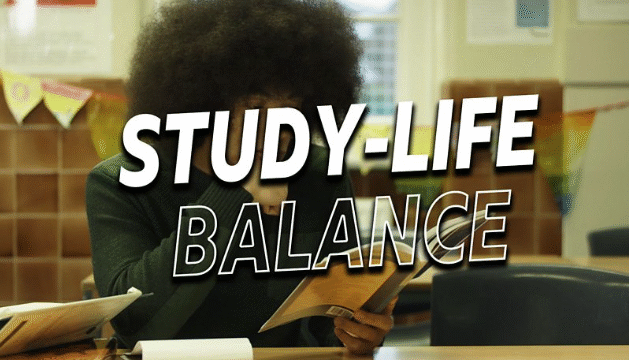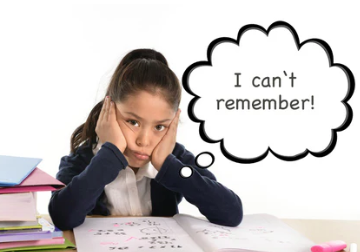Learning is often imagined as an individual effort—reading books, taking notes, and studying quietly. But learning doesn’t have to happen alone. In fact, collaboration can make the learning experience richer, more engaging, and even more effective. When students work together, they share knowledge, solve problems creatively, and develop important life skills like communication, empathy, and teamwork. Whether in a classroom, study group, or virtual space, collaboration has the power to enhance understanding and make learning more enjoyable. In this article, we’ll explore how collaboration benefits learners of all ages and how you can incorporate more teamwork into everyday education.
1. Why Collaboration Matters in Learning
Collaboration is more than just group work—it’s about actively engaging with others to share knowledge and achieve a common goal. When students collaborate, they learn from diverse perspectives, explain their thinking, ask questions, and challenge each other in positive ways. This interaction strengthens understanding and helps learners build deeper connections with the material. Working together also encourages the development of social and emotional skills, such as patience, active listening, and conflict resolution. These skills are essential not only for academic success but also for navigating life beyond school.
2. Sharing Knowledge and Learning from Peers
One of the most powerful aspects of collaborative learning is peer-to-peer teaching. When students explain a concept to someone else, they reinforce their own understanding. At the same time, the learner benefits from a fresh perspective and may grasp the material more easily when it’s explained in a relatable way. For example, in a group discussion about a book or topic, one student might highlight a theme that others hadn’t considered. Another might ask a question that sparks a new line of thinking. These conversations can deepen everyone’s learning and lead to greater engagement with the subject.
3. Boosting Motivation and Accountability
Working with others can be highly motivating. Group projects give students a shared sense of responsibility and purpose. When everyone contributes, it creates a team atmosphere where people want to do their best—not just for themselves, but for the group as a whole. This shared accountability often leads to increased effort and better time management. Students tend to stay more focused when they know their contributions impact others. They also develop pride in their work and in what the group can achieve together.
4. Improving Communication and Interpersonal Skills
Learning how to collaborate effectively helps students develop strong communication skills. They learn to listen to others’ ideas, share their own thoughts clearly, and engage in respectful discussions. These skills help build confidence and prepare students for future success in school, the workplace, and everyday relationships. Collaboration also teaches students how to navigate disagreements and solve problems constructively. Instead of avoiding conflict, they learn to express their views calmly, consider different perspectives, and find solutions that work for everyone involved.
5. Encouraging Creative Thinking and Problem-Solving
When students work in groups, they bring different ideas, experiences, and problem-solving approaches to the table. This diversity sparks creativity and often leads to better, more well-rounded solutions. Group projects, debates, or brainstorming sessions can encourage learners to think outside the box. They can also build critical thinking skills as students evaluate ideas, weigh pros and cons, and make decisions as a team. Collaborative learning environments tend to be more dynamic, energetic, and open to exploration.
6. Supporting All Types of Learners
Collaboration benefits learners with different strengths and learning styles. Some students excel at speaking, others at writing, and some at organizing or researching. In a collaborative setting, students can take on roles that suit their abilities while still learning from one another. This inclusive approach gives everyone a chance to participate and feel valued. It also allows students to develop new skills by stepping outside their comfort zones. For example, a student who’s shy about public speaking might gain confidence by presenting as part of a group.
7. Using Technology to Foster Collaboration
In today’s digital world, collaboration doesn’t have to be limited to the physical classroom. Online tools such as shared documents, educational apps, discussion forums, and video conferencing platforms make it easy for students to work together no matter where they are. Tools like Google Docs, Jamboard, Padlet, or Microsoft Teams allow students to brainstorm ideas, edit projects in real time, and stay connected. These platforms help students practice digital citizenship and prepare for remote teamwork, which is increasingly common in modern education and careers.
8. Creating a Positive and Supportive Learning Environment
For collaboration to be successful, the environment must feel safe and welcoming. Students need to feel comfortable expressing their thoughts and taking risks without fear of judgment. Teachers, parents, or group leaders can encourage this by modeling respectful communication, celebrating different ideas, and creating clear guidelines for group behavior. A positive collaborative environment also fosters empathy. When students work together, they begin to understand and appreciate one another’s challenges, perspectives, and strengths. This helps build trust and kindness in any learning space.
9. Practical Ways to Add Collaboration to Learning
Here are some simple yet effective ways to use collaboration in everyday learning: Study groups—Meet regularly to review notes, quiz each other, and explain difficult concepts. Peer editing—Exchange essays or assignments and give each other constructive feedback. Group projects—Divide a topic among team members, then combine efforts into a shared presentation or report. Discussion circles—Have guided conversations on books, current events, or class topics. Online collaboration—Use shared platforms to brainstorm ideas, track group work, and communicate outside of class.
Conclusion
Collaboration is a powerful way to enhance learning. It helps students stay engaged, deepen their understanding, and build skills that last a lifetime. By working together, learners become better thinkers, communicators, and teammates. Whether in person or online, collaborative learning creates a sense of community and a shared journey toward knowledge. So the next time you sit down to study, consider inviting someone to join you. Together, learning becomes not just effective—but more meaningful and enjoyable.






